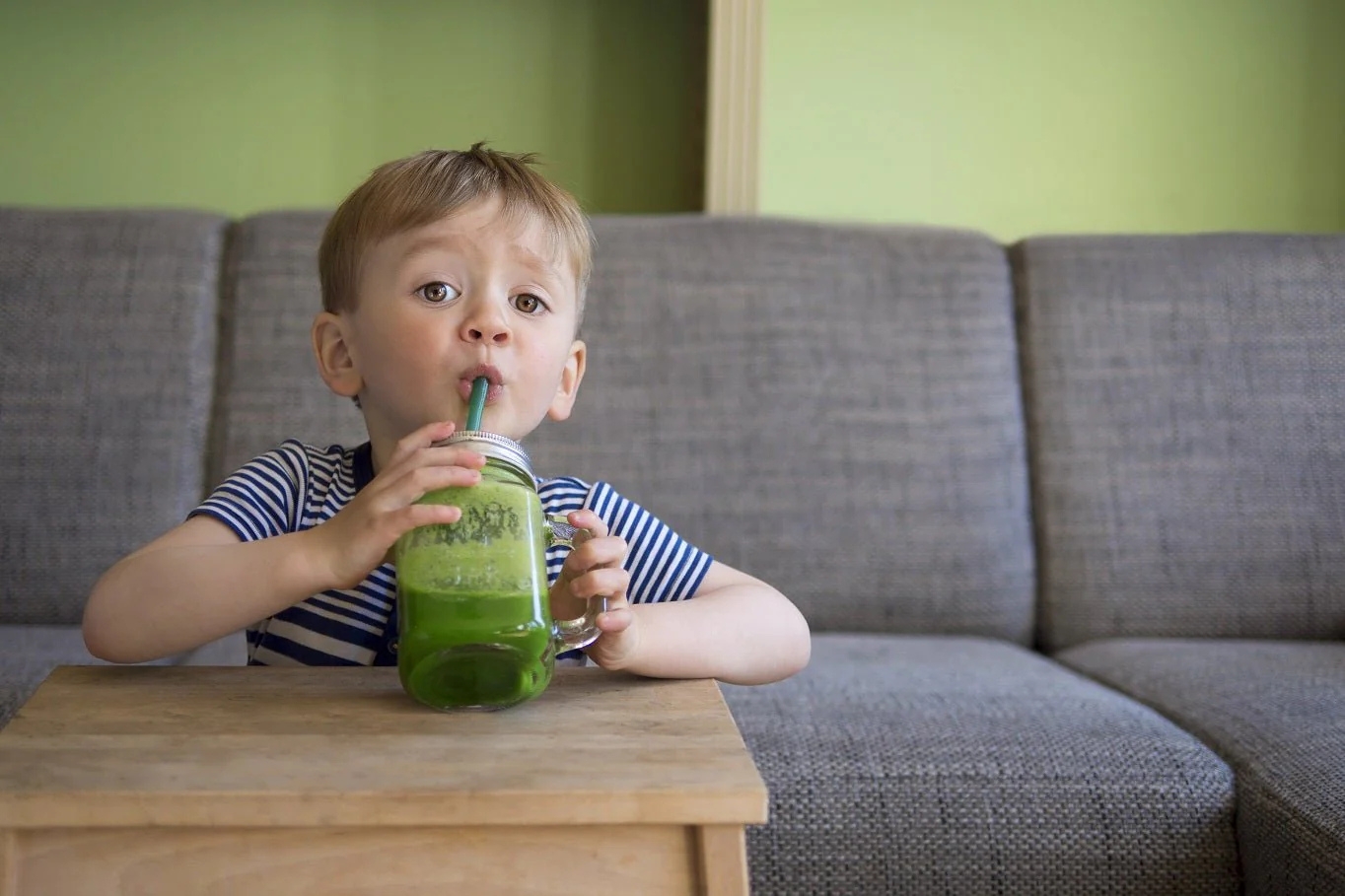
“How Early Mouth Movements Build the Foundation for Speech”
Have you ever watched your baby chew, suck, or make little bubbles and wondered how it all connects to talking one day?
Believe it or not, those messy, funny moments are actually the first steps toward speech!
Before children ever say a word, they’re practicing important movements with their mouths—called vegetative skills. These are the everyday things babies do, like sucking, swallowing, chewing, and even breathing while eating. They might sound simple, but they’re the foundation for learning to talk.
What Are Vegetative Skills?
Vegetative skills refer to the basic survival-related movements of the mouth and face, including:
• Sucking (for breast or bottle feeding)
• Swallowing
• Chewing
• Breathing control
• Biting
• Blowing
These are called “vegetative” because they’re linked to automatic body functions—things we do without consciously thinking. But even though they’re automatic, these skills require strong coordination of the lips, tongue, jaw, and cheeks—the same muscles that your child will later use for talking.
When these skills develop properly, they help children transition smoothly from sucking milk to chewing solid foods and, eventually, to forming clear speech sounds.
Why Vegetative Skills Matter for Speech
You might not think that mealtime and talking are connected—but they are! Here’s how:
• Sucking strengthens lip closure and tongue control—needed for speech sounds like /p/, /b/, and /m/.
• Chewing helps the jaw move in controlled, rhythmic patterns—essential for longer speech sequences.
• Swallowing teaches coordination between breathing and mouth movements—important for fluency.
• Breath control supports speech volume and phrasing.
In short, every spoonful, sip, and swallow helps your child’s mouth prepare for the complex dance of speech.
How Parents Can Support Vegetative Skill Development
You don’t need fancy tools or therapy equipment—just daily moments of connection, play, and practice.
1. Encourage Safe Oral Exploration
Babies learn through touch and movement. Offer safe items to explore with their mouth:
• Silicone teethers
• Chilled spoons
• Mesh feeders with soft fruits
This builds sensory awareness and helps your baby understand how their tongue and lips work.
Tip: Always supervise and ensure items are age-appropriate and clean.
2. Introduce Straw and Open-Cup Drinking
Between 9–12 months, begin offering water through a straw or small open cup.
This simple activity promotes:
• Lip rounding and closure
• Tongue retraction
• Improved breath control
These are all early speech skills in disguise!
Try this: Use a short straw at first (less effort) and gradually increase the challenge.
3. Make Mealtimes Multi-Sensory
Mealtimes are a perfect opportunity to strengthen oral-motor skills. Let your child touch, smell, and explore foods. Offer different textures—purees, soft solids, crunchy snacks (when safe)—to help them learn how to adjust chewing strength and tongue movement.
Avoid over-blending foods once your child is ready for texture. Variety builds flexibility!
4. Try Gentle Facial and Oral Massage
Before meals, you can use gentle, playful touch to “wake up” the face muscles:
• Massage your child’s cheeks in small circles.
• Tap lightly around the lips.
• Encourage big smiles or silly faces.
These small actions boost awareness and readiness for eating or speaking.
5. Model and Mirror Mouth Movements
Your face is your child’s favorite learning tool!
When you exaggerate speech movements or eat in front of them, they start connecting sound with motion.
• Say “mmmm” while eating something yummy.
• Blow bubbles or kisses together.
• Practice animal sounds with exaggerated mouth shapes.
The goal isn’t perfection—it’s imitation and fun.
🚩 When to Seek Professional Support
Every child develops differently, but some signs may suggest a delay in vegetative or oral-motor skills. Talk to a speech-language pathologist (SLP) if your child:
• Has trouble swallowing or often coughs/gags during meals
• Avoids certain textures or refuses solids
• Drools excessively after age 2
• Seems weak or uncoordinated when chewing
• Struggles with speech clarity as they begin talking
An SLP can assess oral-motor strength, coordination, and sensory responses—and design a play-based program tailored to your child’s needs.
The Big Picture: From Feeding to Talking
Vegetative skills might seem small and automatic, but they’re truly the roots of communication. When your child practices sucking, chewing, and swallowing, they’re not just learning to eat—they’re strengthening the very muscles that will one day help them speak.”
Every meal, giggle, and sip counts.
So celebrate those messy moments, those first bites, and those silly baby sounds—they’re all stepping stones toward confident, joyful communication.
Final Encouragement for Parents
